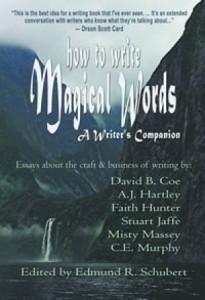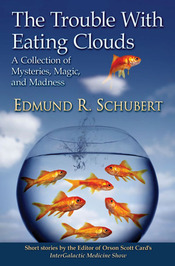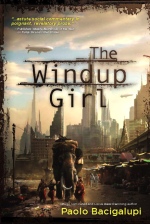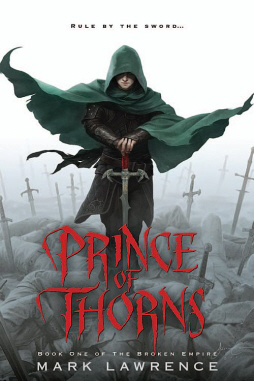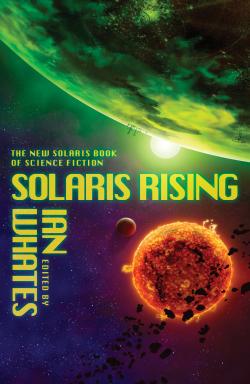Today’s Post Brought to You by Every Letter Except “E”
 The English alphabet contains twenty-six letters. They all have their uses. Some more than others. The letter “E” gets the most use: how could we live without it?
The English alphabet contains twenty-six letters. They all have their uses. Some more than others. The letter “E” gets the most use: how could we live without it?
Not easily. But it can be done.
The French Oulipo group advocates experiments that purposely limit the tools in a writer’s toolkit. Most famous of these experiments is the “lipogram,” which excludes particular letters of the alphabet. Of all lipogram experiments, the excision of the letter “E” has caught the most attention. Georges Parec’s 1969 novel La Disparition contains no letter “E” outside of its author’s name. Perhaps more astonishing is that the English translation of the novel, A Void by Gilbert Adair, also contains no occurrence of the letter “E.” Another example, predating the Oulipo group by twenty years, is Ernest Vincent Wright’s novel Gadsby (1939).
So it can be done. But why do it? Shouldn’t writers make use of every piece of available in their arsenal to tell a story, make a point, or convey information?
I believe so. That’s one reason I have defended the semicolon from detractors who want it exiled from fiction. It’s also why I think “e-prime,” writing without the verb “to be,” should not be pushed as a replacement for writing with the verb.
However . . . I love writing exercises. I write every day, and since I’m not always in the middle of a novel or a short story, exercises fill in the gaps. They keep the writing muscles of the brain tones, inspire new ideas, and show writers different paths to expressing themselves.
This weekend, I tackled writing sans the letter “E” for the first time, thinking I would never get far with it. However, I managed to write a 1700-word story — one with a comprehensible plot — in the space of two hours. I present the complete text of “A Ghost’s Claim” below.
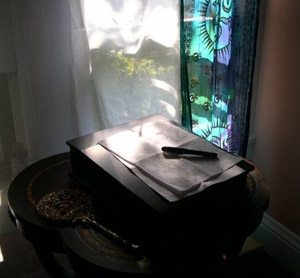 Dear Black Gate Readers,
Dear Black Gate Readers,
